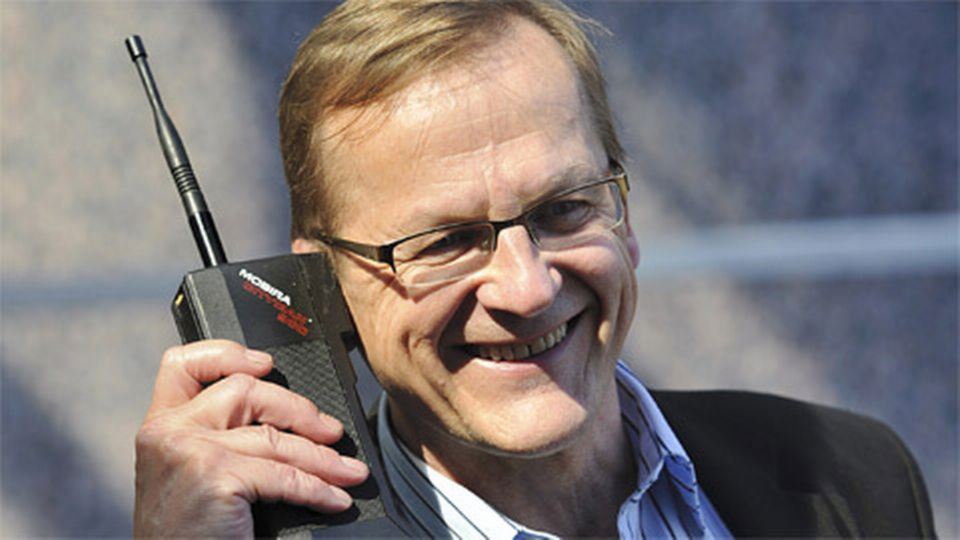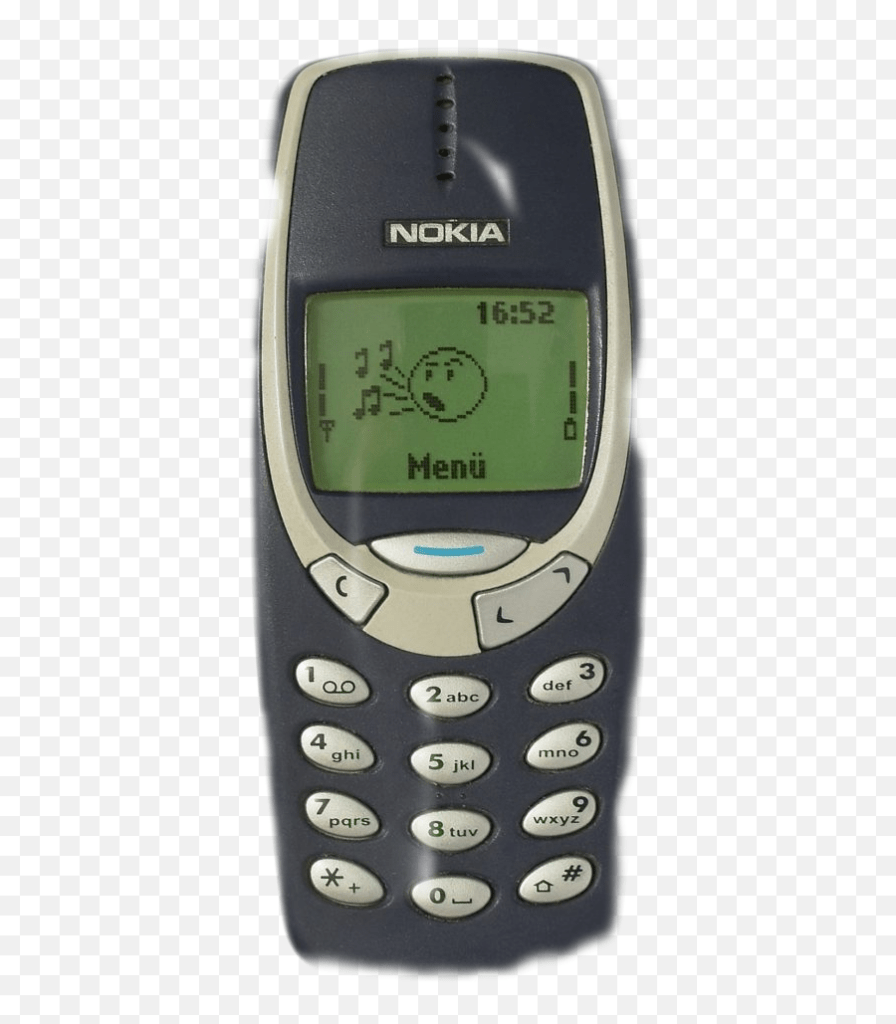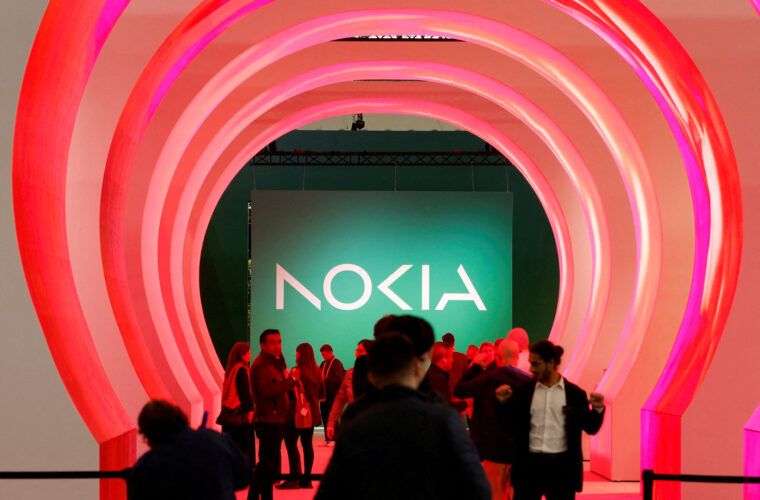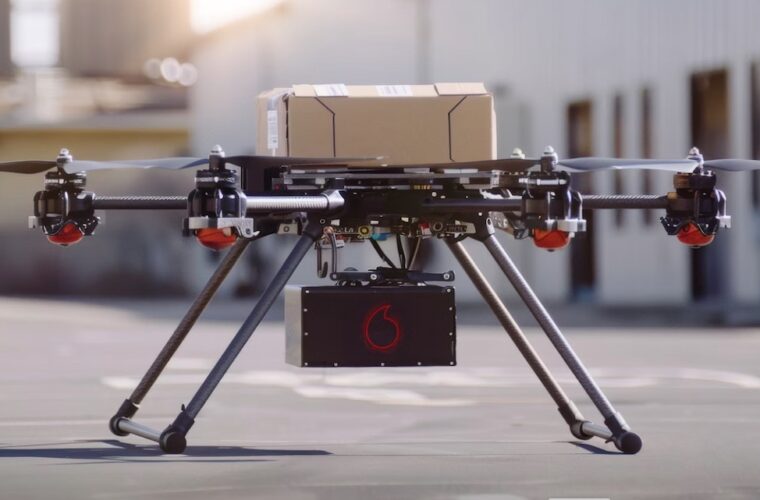29 years ago the invention of SMS, a mobile communication system that changed the language
With over 100 billion messages exchanged every day, WhatsApp is the most popular messaging application (of the Western world) with which billions of people communicate with each other. Before this dominance, however, there were those who invented communication between mobile devices, revolutionizing the language in both form and substance. It all began on December 3, 1992, when Vodafone executive Richard Jarvis displayed “Merry Christmas” on the screen of his Orbitel 901. It was the first text message in history, sent via computer by Neil Papworth, a programmer at a consulting firm close to the British mobile and fixed-line phone company.
The following year was the first exchange of messages between two cell phones, realized by Nokia’s intern Riku Pihkonen during some tests carried out on the Nokia 2110 cell phone, passed into history for being the first model of the Finnish company able to send and receive messages. The birth of the technology dates back to the mid eighties and is due to the Global System for Mobile Communications 2G, a standard that for mobile telephony provided two types of sms. The first is the SMS Point to Point, which allows you to send a text message from a GSM phone to another, the second is the SMS Cell Broadcast, with which you can send one or more messages simultaneously to all phones within a certain area covered by certain radio cells. In 1991, Kevin Holley of what was then Cellnet, was the one who fixed how the standard works. It was he who set the maximum number of characters in an SMS, 160 for the Latin alphabet, a figure derived from its size of 140 bytes.

The primary intuition behind the short message service (a term that appeared for the first time on official documents in 1985 in a meeting of the GSM consortium) related to the cell phone is the work of the Finnish engineer of Nokia Matti Makkonen, considered the father of sms. Also in Finland arrived the first sms service proposed by a telephone operator, even if in the first years it was possible to send messages only to recipients that shared the same network. The creation of rechargeable SIM cards favored the spread of sms, as well as Text on 9 keys designed by Tegic Communications and introduced on Nokia phones, which were based on an innovative algorithm to match the typing of a number to the writing of the corresponding letter through a single touch. The sum of these elements created the conditions for the mass use of SMS, which, according to estimates by some research companies, exceeded 8 trillion in 2012.

“The initial idea was for a work tool that would allow you to send messages even during meetings, without disturbing anyone,” Makkonen said in 2012 (he died in 2015), only partly surprised that, thanks to simplicity and immediacy, his insight has since become a globally used communication system. Although now in decline in favor of applications that allow free exchanges, the short message service remains the most effective and fast communication solution in any place and environment without connection. Without forgetting that to the limited number of characters of SMS we owe the birth of abbreviations and neologisms entered in the common language: from Lol to Imho, up to smilies turned into emoji and the initial 140 characters for Twitter messages, there are many signs of current communication that derive more or less directly from SMS.



